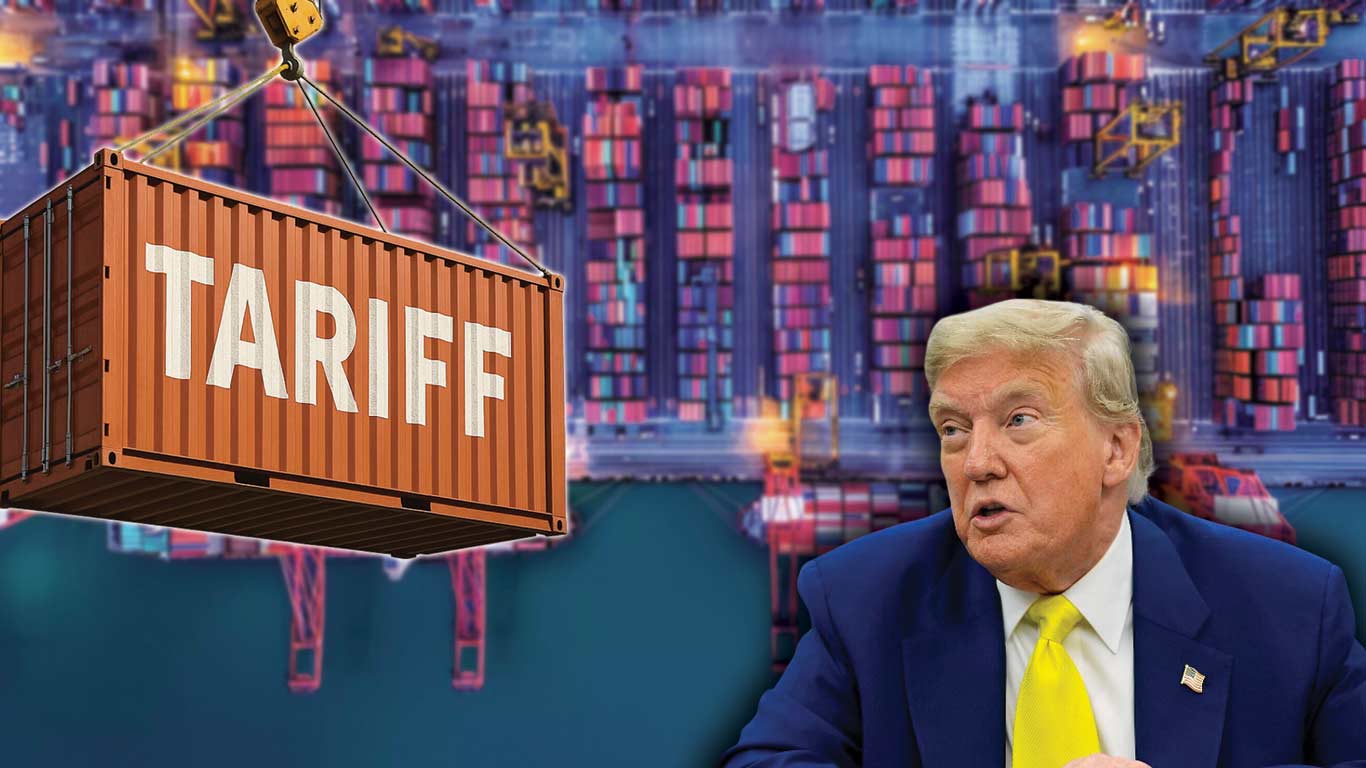Recent trade pressures from the United States have exposed both the vulnerabilities and the immense potential of India’s manufacturing sector. Tariff threats and shifting trade policies are more than economic noise. They are a stark reminder of the fragility of global supply chains and a signal that India’s industrial foundations require urgent strengthening. For a nation aspiring to become a global manufacturing powerhouse, these pressures are both a challenge and an opportunity. Global industrial networks are in flux, geopolitical tensions are reshaping trade flows, and nations are reconsidering dependence on distant suppliers. India has the chance to turn external pressure into a catalyst for industrial independence and sustainable competitiveness.
The uncertainty over tariffs highlights the uneven progress across India’s industrial base. While some sectors such as pharmaceuticals and semiconductors demonstrate competitive strength, labor-intensive industries like textiles and consumer goods remain exposed. Manufacturing contributes less than twenty percent to India’s GDP, and the country continues to rely heavily on imported inputs. The pandemic and successive supply chain disruptions revealed the vulnerability of nations overly dependent on external production. India now has the opportunity to accelerate the development of critical capabilities, strengthen domestic production, and position itself as a reliable partner in global value chains.
The challenge lies in moving beyond assembly lines and low-cost labor. India must invest in producing high-value goods such as semiconductors, advanced electronics, precision machinery, and specialized materials. Infrastructure alone will not deliver competitiveness. Industrial clusters that integrate suppliers, manufacturers, logistics providers, and regulators into cohesive ecosystems are essential. Such integration shortens supply chains, reduces production costs, and enhances global competitiveness. Tariff uncertainties, rather than being a mere obstacle, highlight the sectors where India must focus to achieve resilience and industrial sovereignty.
Strategic infrastructure investment is central to this transformation. Plug-and-play industrial parks, located near ports, highways, and energy sources, can reduce setup times and attract both domestic and international investment. These parks provide a platform for advanced technologies such as smart factories and AI-driven manufacturing systems, enabling India to leapfrog traditional industrial development stages. Lessons from Singapore and South Korea demonstrate the impact of coordinated planning, integrated infrastructure, and alignment between government, industry, and academia. India has the scale, talent, and resources to implement even larger and more sophisticated ecosystems if ambition is matched by execution.
Supply chain integration must extend beyond domestic borders. Geopolitical uncertainty and shifting trade policies create a unique opening for India to present itself as a reliable alternative to traditional manufacturing hubs. Achieving industrial independence requires efficient customs procedures, predictable regulations, and transparent taxation. It also demands proactive engagement with global partners seeking to diversify production away from concentrated sources. Operational efficiency, regulatory clarity, and logistics readiness will determine India’s competitiveness in a volatile global environment.
Sustainability is another critical dimension. Investors increasingly assess environmental, social, and governance standards before committing capital. Industrial parks that adopt renewable energy, energy efficiency, and climate-resilient design reduce operating costs and attract higher-quality investment. Neglecting environmental and social safeguards can result in delays, reputational damage, and higher operating expenses. India must demonstrate that rapid industrial expansion can coexist with environmental responsibility and long-term economic sustainability.
Financing is a decisive factor in determining the success of industrial transformation. Public-private partnerships and hybrid structures can ease fiscal pressure, but innovative instruments such as green bonds, climate-linked funds, and multilateral development financing are vital to align capital with sustainable manufacturing goals. Investors demand clarity, policy stability, and predictable returns. Misaligned financing or uncertain incentives can stall projects and undermine the strategic advantage that industrial parks are designed to provide.
Global stakes are heightened by shifting supply chains and geopolitical tension. As nations diversify sourcing and reconsider industrial dependencies, India has a rare window to establish itself as a trusted, high-quality manufacturing destination. Efficient, technologically advanced, and sustainably managed industrial parks can attract investment that might otherwise flow to China, Southeast Asia, or Eastern Europe. Failure to act decisively risks prolonged dependence on trade like imports, slower industrial growth, and reduced global influence.
Challenges remain real. Land acquisition delays, uneven state-level policy implementation, skill gaps, and coordination among multiple stakeholders are formidable obstacles. Yet the potential rewards are substantial. Successfully integrated industrial ecosystems can accelerate growth, attract foreign investment, integrate India into global value chains, and serve as a model for sustainable, technology-driven manufacturing in emerging economies.
Tariffs and trade uncertainty are not just obstacles. They are a test of India’s industrial strategy and governance capacity. They present a chance to catalyze a broader transformation that delivers resilience, competitiveness, and sovereignty. Success will demonstrate that India can combine ambition with execution, scale with sustainability, and innovation with reliability. Failure would expose persistent structural weaknesses that have historically constrained industrial development and global influence.
India’s trade manufacturing future depends on decisive action. By leveraging infrastructure investment, workforce development, supply chain integration, sustainability, and innovative financing, the country can turn trade pressures into a strategic advantage. The pressing question remains whether India will seize this opportunity to build a globally competitive manufacturing ecosystem or allow structural inefficiencies and fragmented execution to dictate its industrial destiny.
Manufacturing is not simply about producing goods. It is about creating independence, credibility, and influence in a world where industrial capability defines economic power. India has the resources, talent, and strategic imperative to shape its industrial future. The window to act is narrow, and the consequences of hesitation are substantial. India’s manufacturing moment has arrived, and the choices made now will define its role in the global industrial order for decades to come.
